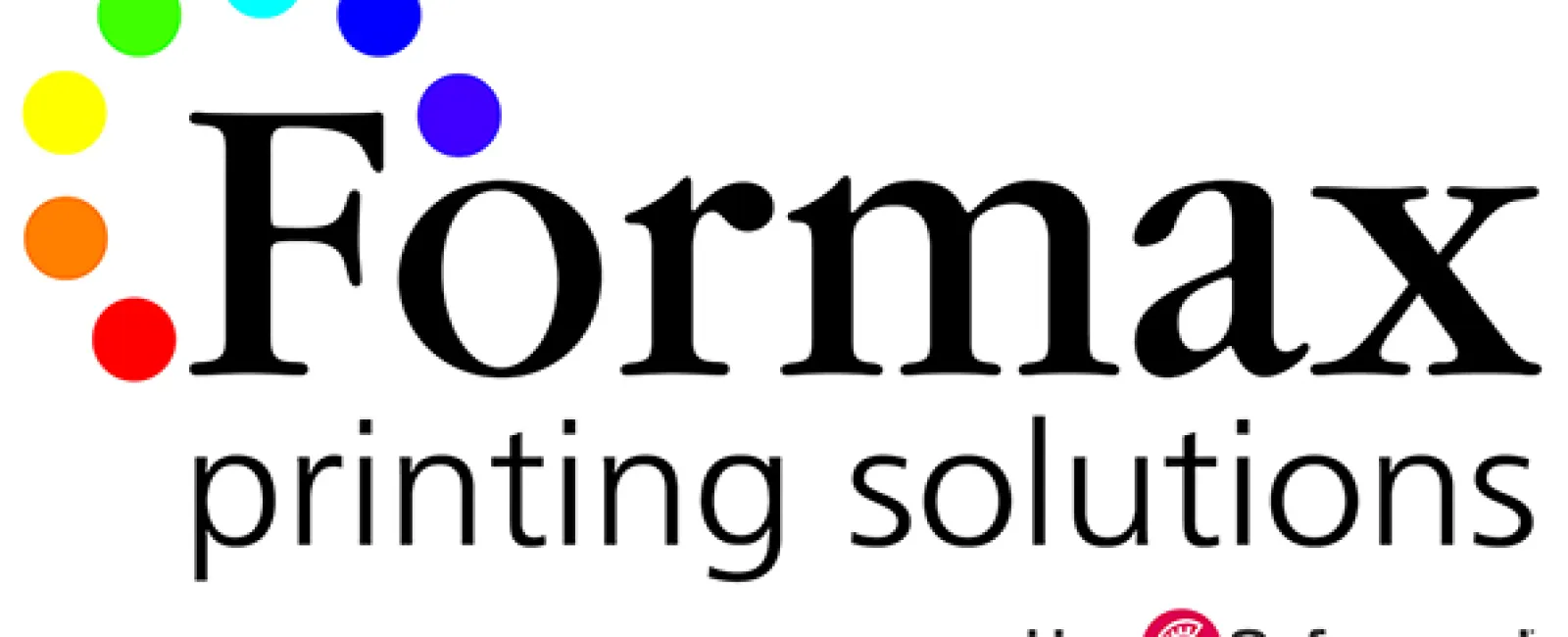Understanding Booklet Page Numbering Techniques
Booklet page numbers may seem like a minor detail. But they play a crucial role in the readability and professional appearance of your print booklet.
Understanding the techniques of booklet page numbering can be a game-changer. It can make the difference between a well-organized, easy-to-navigate booklet and one that leaves readers confused.
This guide is designed to clarify the process and give you a thorough understanding of booklet page numbering.
We will explore the differences between book and booklet page numbering, as well as examine the concept of "printer's spreads" and how it affects page numbering.
Whether you're a graphic designer, a self-publishing author, or a small business owner, this guide is for you. By the end, you'll be well-equipped to prepare your documents for print, ensuring correct and effective booklet page numbering.
The Basics of Booklet Page Numbers
Booklet page numbers play a pivotal role in ensuring that the information is easy to follow. Correct numbering enhances the reader's experience.
When setting up a print booklet, remember that page numbering differs from regular book page numbering. Booklets are often printed on larger sheets and folded, known as "printer's spreads."
To create coherent booklet page numbers, understanding their placement is important. Page numbers are traditionally placed at the bottom corners or centered on the pages.
Here are some foundational concepts to grasp:
- Printer's spreads: Pages are paired differently for printing.
- Facing pages: Left and right pages as a unit.
- Pagination: Numbering logic within the document.
Once familiar with these terms, ensure that your booklet page numbers support readability. Consider elements like headers or footers, which can provide additional guidance for readers.
It's wise to start your booklet with a multiple of four for total pages. This allows for smooth folding and printing, which is essential for booklet printing. By following these basics, your booklet's pagination will align seamlessly from cover to cover.
The Importance of Proper Pagination
Proper pagination in a booklet is crucial for clarity and flow. It helps organize content logically, guiding readers smoothly from one section to the next.
Without clear and consistent book page numbering, readers may get confused. This can detract from their overall experience. Effective pagination ensures that each page logically follows the previous one.
Proper pagination is not just about numbering pages. It also involves deciding where to start new sections and how to handle front matter. This careful consideration contributes to a polished, professional look, vital in booklet printing.
Booklet vs. Book Page Numbering: What's the Difference?
Booklet page numbering and book page numbering serve different purposes. In a booklet, pages are often printed in a specific order called printer's spreads. This ensures that when folded and assembled, they appear in the right sequence.
In contrast, book page numbering follows a linear pattern. Books do not require reordering for printing, as each page is printed singly. This makes their numbering straightforward.
Understanding these differences is important for successful booklet printing. Adapting to the unique layout of booklets ensures your pages align correctly when printed and bound.
Setting Up Your Booklet for Printing
Preparing your booklet for printing involves several key steps. The first is to determine the total page count. Remember, booklets work best when pages are in multiples of four.
Next, consider the layout of your pages. This will depend on the concept of printer's spreads. It ensures the correct order when the sheets are printed, folded, and stapled together.
You should decide between automatic or manual page numbering. Automatic numbering is ideal for most projects, especially those created with design software. Manual numbering provides more control but requires careful attention.
Before printing, verify the page numbering sequence. Ensure no missing or repeated numbers which could confuse readers.
Also, check for consistency throughout the document. Make sure the style of numbering is the same from cover to cover.
Starting with the Right Page Count
A crucial step in booklet printing is deciding the correct page count. Booklets should ideally have pages in multiples of four. This ensures efficient printing and folding without leaving blank pages.
Counting pages includes both content and any necessary blank pages for layout balance. These blank pages help maintain the flow without disrupting the reader's experience.
Plan your content thoroughly. Having a clear map of the booklet ensures smooth transitions and an even distribution of information.
Best Practices for Booklet Page Numbers
Effective booklet numbering involves a few best practices. The first is to ensure your booklet's numbering is straightforward and easy to follow. Choose a numbering style that complements your content.
Here are some tips for numbering your booklet:
- Use Arabic numerals for main text.
- Roman numerals can be used for front matter.
- Align numbers with the margins.
- Use clear, readable fonts.
- Keep numbering consistent in size and style throughout the document.
These practices help your booklet look professional. They also enhance the reader's experience. Inconsistent styles and unclear placements can confuse or distract readers from the content.
Consistency and Readability
Consistency is crucial in booklet design. Use the same size and style for numbers throughout your document. This creates a seamless flow for the reader.
Readability should never be compromised. Ensure page numbers are easy to see. Choose a simple font that contrasts well with your background.
Proofreading and Test Prints
Proofreading ensures each page number is in its proper sequence. Don't rush this step, as errors can be costly after printing.
Test prints are invaluable. They offer a chance to see the final layout and spot any issues. By reviewing a test print, you can catch and correct errors before full printing.
Common Mistakes to Avoid in Booklet Page Numbering
Numbering a booklet is not without pitfalls. Many overlook the importance of accurate pagination, leading to costly mistakes. Awareness of these common errors can prevent headaches later.
Avoid these common numbering mistakes:
- Incorrect page order or sequence errors.
- Inconsistencies in font style and size for page numbers.
- Forgetting to update page numbers after changes.
- Omission of page numbers on critical pages.
- Using fancy fonts that are hard to read.
Each mistake can disrupt the reader's experience. It's vital to double-check your document. Careful review helps ensure a polished, professional booklet.
Conclusion: Final Thoughts on Booklet Page Numbering
Effective booklet page numbering is crucial for a professional finish. Proper setup ensures a smooth reading experience and a polished look.
By being mindful of these techniques, your booklet will stand out. Remember to plan carefully and verify details. With attention to detail, your print booklet will impress its audience.
Take Care, Rick




